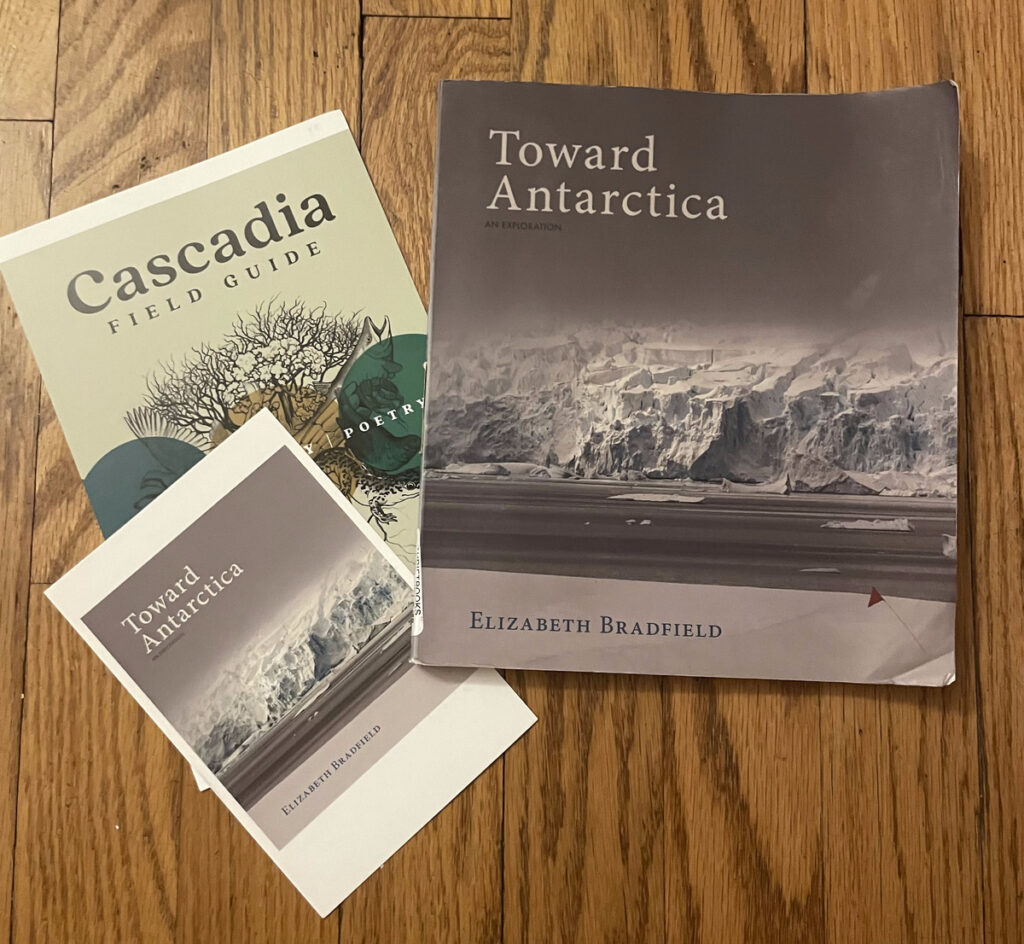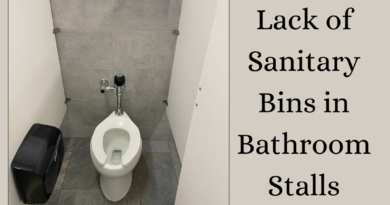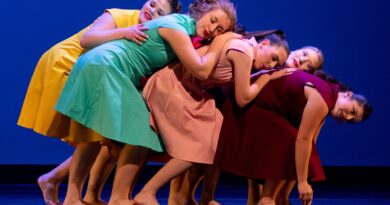How Elizabeth Bradfield Explores Our Relationship with the Environment Through Poetry
Written by Crista Fiala
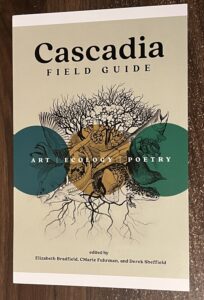
On April 13, 2023, the American poet and naturalist Elizabeth Bradfield exemplified how art, like poetry, can allow us to reflect on our relationship with the environment. Fittingly, her poetry reading took place in USJ’s art museum alongside the museum’s ongoing art exhibits, Trailblazer: A Tribute to Toko Shinoda and By the Book: Writers, Artists, and Illustrations (to learn more about these exhibits, please click here). Bradfield began with her poetry collection titled Toward Antarctica: An Exploration (2019). She explained how she set out to subvert the solitary hero storyline often associated with Antarctica. Although Antarctica is historically unpopulated by humans, her poetry decenters herself as the subject and instead focuses on the events and beings around her. The poetry’s haibun style restricts the usage of personal pronouns, helping to achieve this decentering. Haibun, a form of poetry that combines prose and haiku, was first created by a 17th-century Japanese poet named Matsuo Bashō. Bradfield mentioned that this poet significantly influenced her work. The multicultural influences do not stop there, however, as Bradfield also discussed how people often travel from the southern parts of Latin America to get to Antarctica. Her poem Santiago, Valparaíso conveys the excitement and anxiety of taking a voyage from Chile with an intertextual nod to the Chilean poet Pablo Neruda. Toward Antarctica shows us that we need to look beyond our own individual cultures and human-centered perspectives in order to connect with our environments.
Bradfield also briefly talked about a new anthology that she edited with CMarie Fuhrman and Derek Sheffield. While Toward Antarctica features photography from Bradfield’s travels to Antarctica, the new anthology Cascadia Field Guide: Art, Ecology, Poetry (2022) includes art pieces from different contributors alongside poetry written for the various “beings.” In choosing this term, the authors avoid terms like “animals” and eliminate the divide between humans and other living creatures. Bradfield emphasized how all the beings, such as Bear, do not have articles in front of their names (for example, “the bear”). Without the articles, they come across as living creatures worthy of respect.
Cascadia Field Guide showcases writing and art from many Indigenous contributors. The Potawatomi author Robin Wall Kimmerer – who wrote Braiding Sweetgrass (2013) – displays the importance of this guide which incorporates and takes inspiration from Indigenous thinking. On the back of a promotional card distributed for Cascadia Field Guide, Kimmerer’s review reads: “There are field guides that help us to see, and to name, and to know; Cascadia Field Guide does all of that and more. This is a guide to relationship, a gift in reciprocity for the gifts of the land”. The collection upholds how Indigenous voices are vital to acknowledge and include in the ongoing discussion about our role and place in the environment.
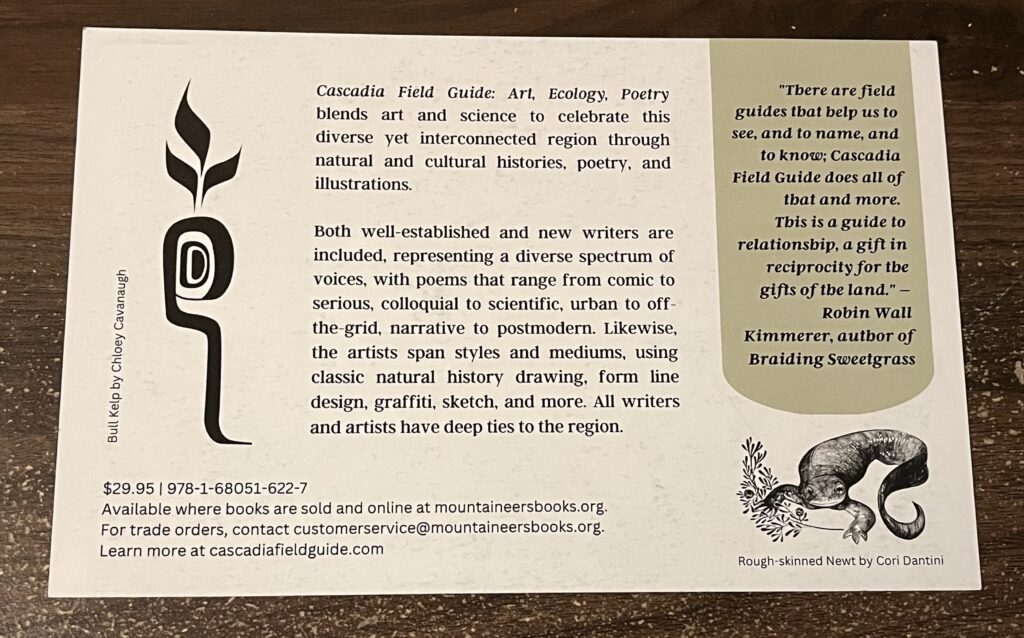
Elizabeth Bradfield’s poetry reading was part of the ongoing Embracing Our Environment: Integrating the Natural World with the Arts series at USJ. To learn more about past or upcoming events, please click here.
Featured Photograph: Tabitha Hinkle

